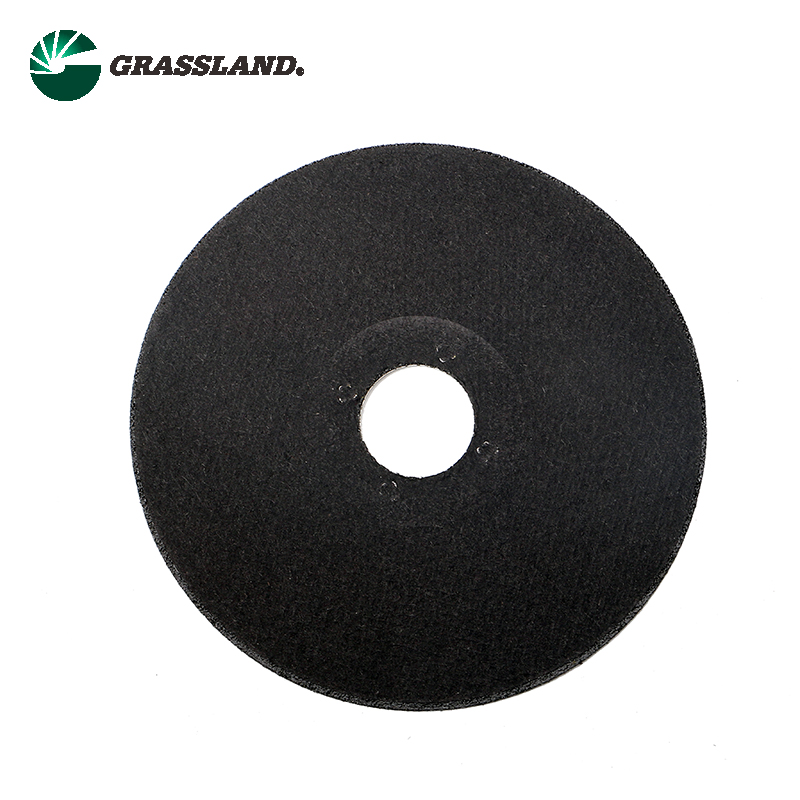

Despite these challenges, some instances permit the use of metal cutting discs on wood, particularly in rough cutting scenarios where precision is not a priority. For instance, if one needs to quickly cut pallets or scrap wood without concern for finesse, metal cutting discs can be a convenient tool. This flexibility is particularly advantageous in environments where access to specialized wood cutting equipment is limited. Professionals, however, emphasize the importance of using the right tool for the job. Investing in a wood-specific cutting disc or saw blade can drastically improve cutting efficiency and end-product quality. Tools such as circular saws or jigsaws equipped with wood-specific blades are optimized for speed, safety, and accuracy in wood cutting tasks. Moreover, manufacturers and industry experts advise adhering strictly to equipment guidelines. Misusing tools not only jeopardizes materials but also endangers the operator. Regular tool maintenance, such as sharpening blades and checking for wear and tear, enhances performance and safety. Consulting equipment manuals and manufacturer recommendations can provide valuable insights into tool capabilities and constraints. Additionally, experts advocate for responsible tool usage through experience-sharing platforms and training sessions. Knowledge sharing within communities enriches collective expertise and embeds a culture of safety and efficiency. In conclusion, while metal cutting discs can be used on wood under certain circumstances, it is generally not the optimal choice. For projects requiring precision and safety, relying on tools explicitly designed for wood cutting is advisable. This approach ensures not only the quality of the workpiece but also the safety and longevity of the equipment involved. Balancing these considerations highlights the role of informed decision-making in enhancing project outcomes and fostering a responsible working environment.
Post time:Feb - 07 - 2025

















